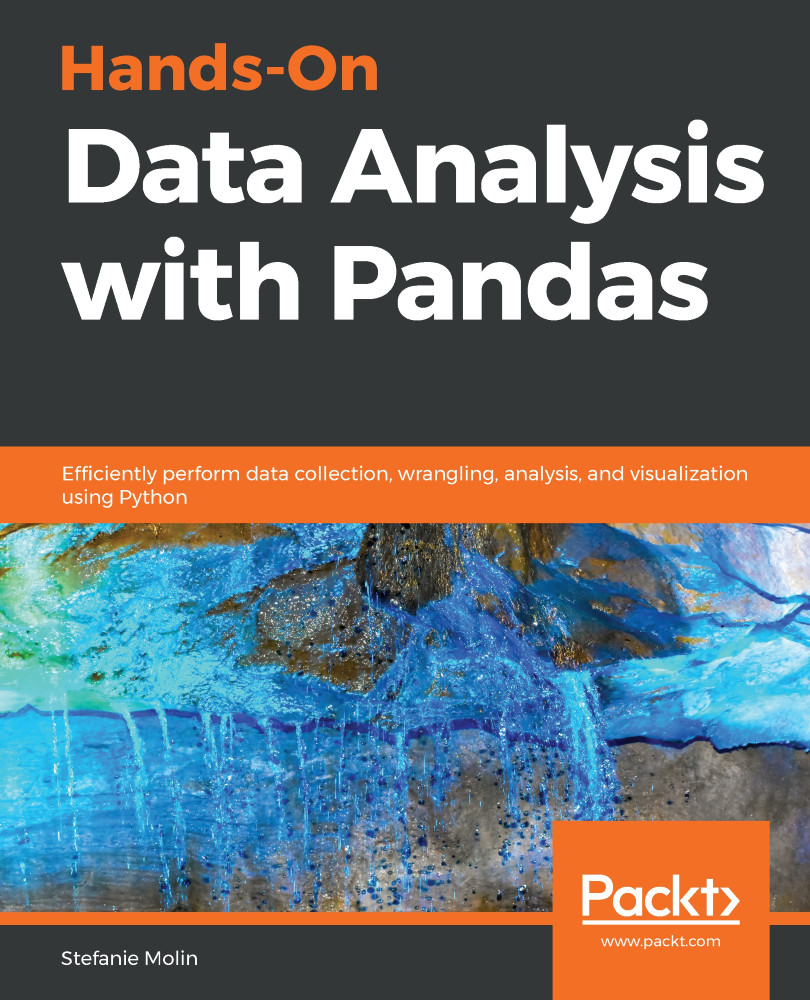Data science is often described as an interdisciplinary field where programming skills, statistical know-how, and domain knowledge intersect. It has quickly become one of the hottest fields of our society, and knowing how to work with data has become essential in today's careers. Regardless of the industry, role, or project, data skills are in high demand, and learning data analysis is the key to making an impact.
Fields in data science cover many different aspects of the spectrum: data analysts focus more on extracting business insights, while data scientists focus more on applying machine learning techniques to the business's problems. Data engineers focus on designing, building, and maintaining data pipelines used by data analysts and scientists. Machine learning engineers share much of the skill set of the data scientist and, like data engineers, are adept software engineers. The data science landscape encompasses many fields, but for all of them, data analysis is a fundamental building block. This book will give you the skills to get started, wherever your journey may take you.
The traditional skill set in data science involves knowing how to collect data from various sources, such as databases and APIs, and process it. Python is a popular language for data science that provides the means to collect and process data, as well as to build production-quality data products. Since it is open source, it is easy to get started with data science by taking advantage of the libraries written by others to solve common data tasks and issues.
Pandas is the powerful and popular library synonymous with data science in Python. This book will give you a hands-on introduction to data analysis using pandas on real-world datasets, such as those dealing with the stock market, simulated hacking attempts, weather trends, earthquakes, wine, and astronomical data. Pandas makes data wrangling and visualization easy by giving us the ability to work efficiently with tabular data.
Once we have learned how to conduct data analysis, we will explore a number of applications. We will build Python packages and try our hand at stock analysis, anomaly detection, regression, clustering, and classification with the help of additional libraries commonly used for data visualization, data wrangling, and machine learning, such as Matplotlib, Seaborn, NumPy, and Scikit-Learn. By the time you finish this book, you will be well-equipped to take on your own data science projects in Python.


